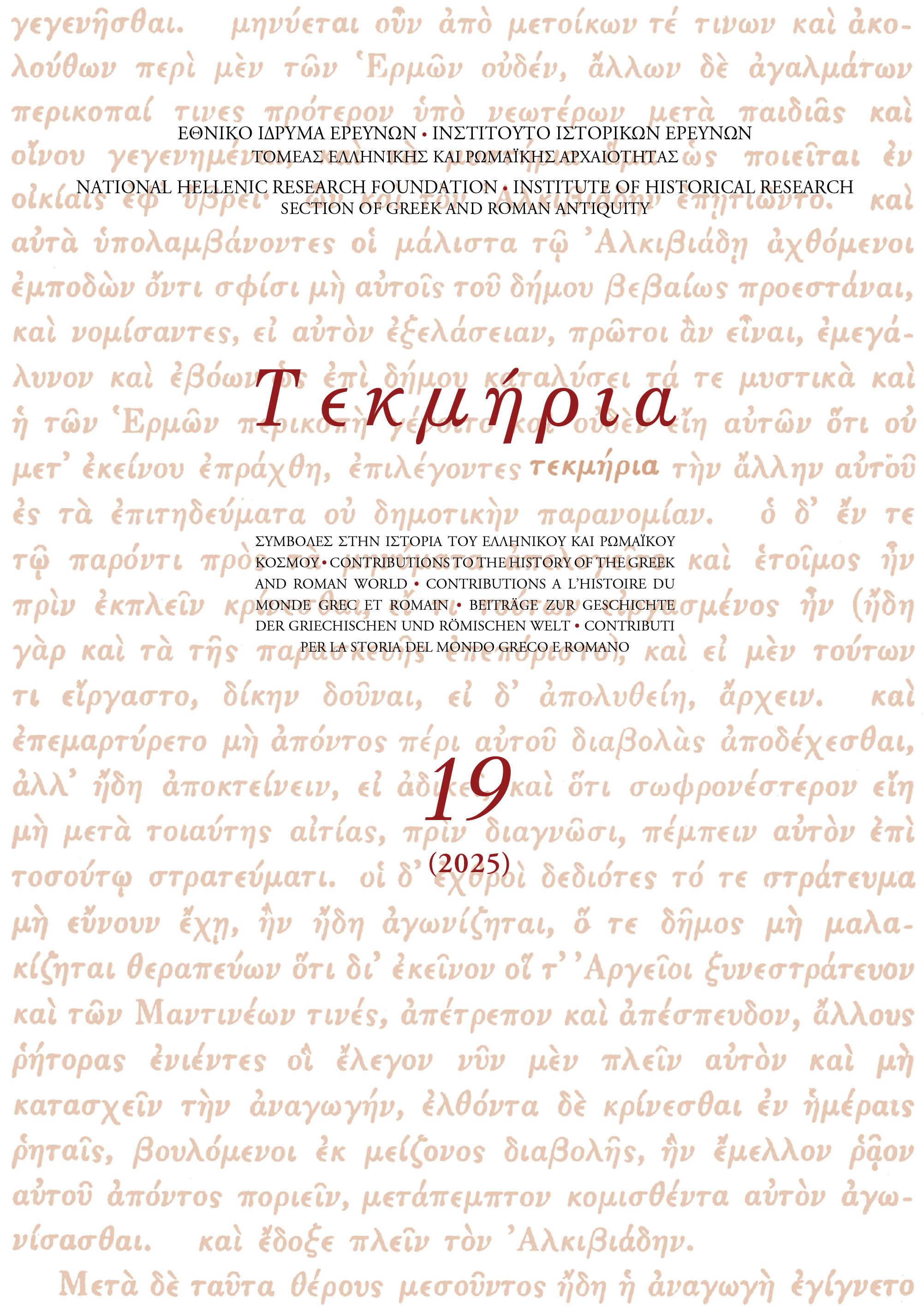Cyrus the Great as a “King of the City of Anshan”
Abstract
In the famous inscription of the Cylinder of Cyrus the Great composed after the fall of Babylon in 539 BC, the founder of the Persian empire is referred to as “king of the city of Anshan” and is made to indicate that this title was equally borne by his ancestors, Cambyses, Cyrus and Teispes.
Reference to the venerable –but nonetheless Elamite and to all appearances no longer politically important at the time– city of Anshan in Cyrus’ royal fami- ly titulary has triggered much scholarly discussion. It is currently thought that the references to Cyrus’ dynastic association with Anshan might acknowledge some sense of an Elamite affinity on the part of Cyrus’ royal line.
The present study argues that the title “king of the city of Anshan” of Cyrus and his forebears was meant to accommodate traditional perceptions of “legitimate kingship” within a native Mesopotamian/Elamite environment and cannot be used as evidence for an Elamite affiliation of Cyrus’ dynastic line.
Article Details
- How to Cite
-
Zournatzi, A. (2019). Cyrus the Great as a “King of the City of Anshan”. Tekmeria, 14, 149–180. https://doi.org/10.12681/tekmeria.20241
- Issue
- Vol. 14: (2017-2018)
- Section
- Articles

This work is licensed under a Creative Commons Attribution-NonCommercial-ShareAlike 4.0 International License.
Copyright
The copyright for articles in this journal is retained by the author(s), with first publication rights granted to the journal. Authors who submit articles to this journal confirm that third-party intellectual property rights are not violated in any way. By virtue of their appearance in this open access journal, articles can be used freely, with proper attribution, for educational and other non-commercial purposes. The National Hellenic Research Foundation retains the right to publish papers that appear in ΤΕΚΜΗΡΙΑ in any form, including electronic, the journal may assume in the future. It also retains the right to deposit articles published in ΤΕΚΜΗΡΙΑ in its institutional repository.
Sample attribution: Author, article title, first published in ΤΕΚΜΗΡΙΑ, Vol. No., Year, Pages.




